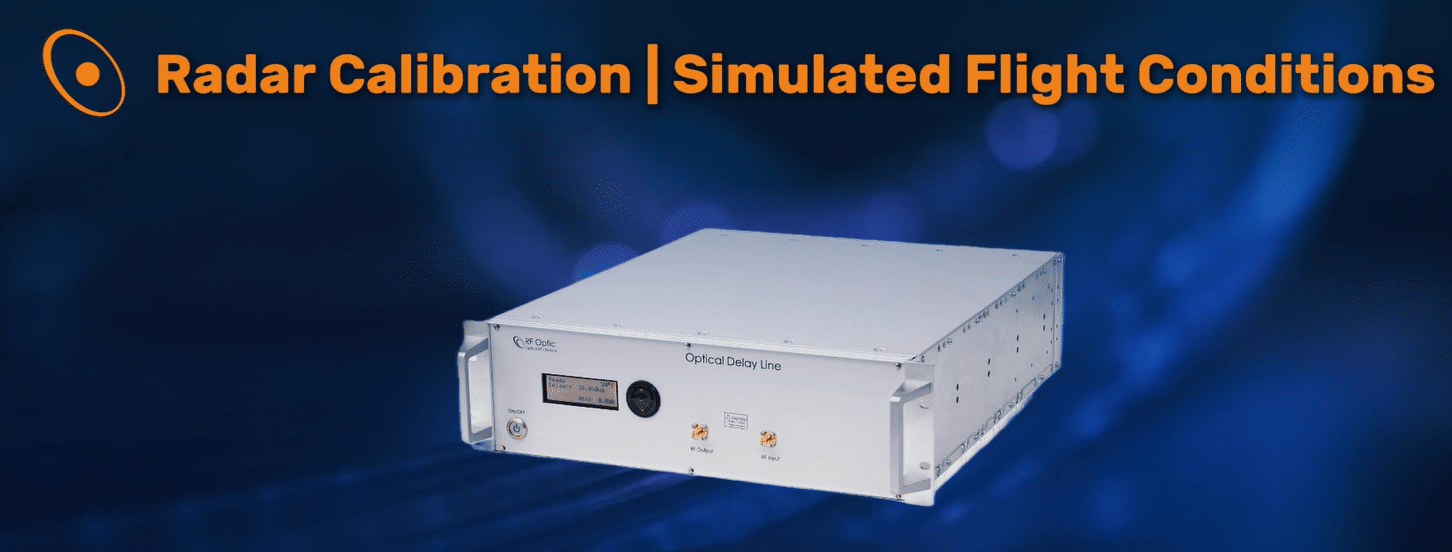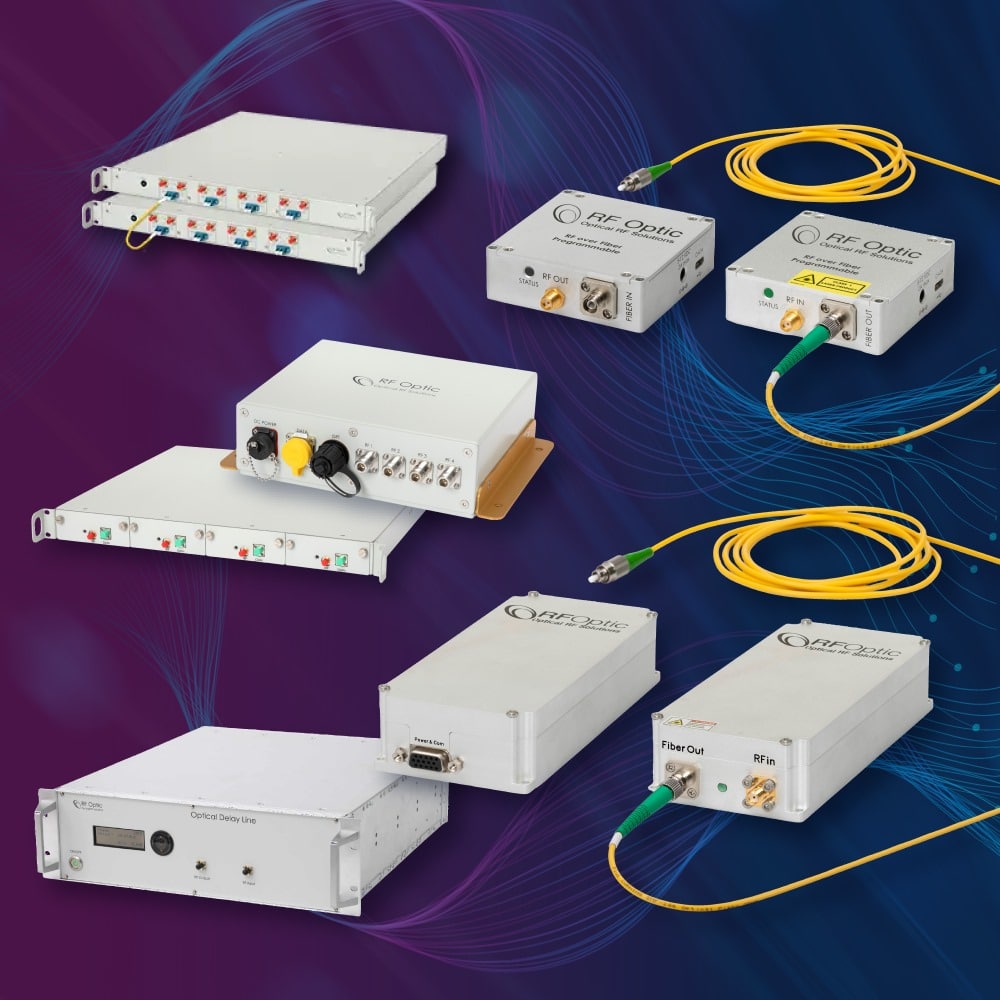 In general, some Asia Pacific countries, led by China, India, Japan, and South Korea, are investing considerably in homeland security and defense applications. For the last few years, RFOptic has made significant progress in various markets in Asia. Based on our commercial success, we are looking forward to accelerating our growth across several key Asian markets this year. We will expand our footprint in the local EW & Defense and 5G testing sectors thanks to the increasing demand for advanced optical RF solutions. Let’s have a closer look at our progress in more detail, focusing on Japan, India, Vietnam, China, and South Korea.
In general, some Asia Pacific countries, led by China, India, Japan, and South Korea, are investing considerably in homeland security and defense applications. For the last few years, RFOptic has made significant progress in various markets in Asia. Based on our commercial success, we are looking forward to accelerating our growth across several key Asian markets this year. We will expand our footprint in the local EW & Defense and 5G testing sectors thanks to the increasing demand for advanced optical RF solutions. Let’s have a closer look at our progress in more detail, focusing on Japan, India, Vietnam, China, and South Korea.
Japan: A Promising Future
The Japanese market is experiencing robust growth, particularly in applications such as telemetry, remote antennas, and 5G technology. Thanks to the commitment and efforts of our local distributor, Fuchu, we have entered the Japanese market successfully. Following our success in the last few years, we anticipate tripling our local sales this year, mainly through repeat orders. We expect our recently launched Ultra 12GHz and 18GHz products to drive local demand.
To learn more about our Ultra 12GHz product solution, click here. To learn more about our Ultra 18GHz product solution, click here.
India: Strategic Partnerships and Expanding Projects
Following successful trials of our 6GHz phase-matched point-to-point and 18GHz four-channel demonstrations, RFOptic has been awarded two major projects. The first one is with the Defense Research and Development Organisation (DRDO). The second one consists of our optical RF solutions at millimeter wavelengths for maritime applications. To get a permanent foothold in this strategic market, we have been building cooperations with first and second-tier integrators. These strategic relationships allow us to provide e.g., our Government & Defense solutions to meet the growing demand from the defense sector.
To learn more about our customized RF over Fiber high SFDR for 5G mm-Wave active antenna arrays, contact us.
Vietnam: New Opportunities
As we mentioned in our previous blog post, Vietnam is emerging as a major player in the EW & Defense sector, also thanks to strong players such as the Viettel Group. There is especially a strong demand for optical delay lines and systems for RADAR altimeter testing. This was also evident at a recent exhibition where we were represented by our local partner s9 Technology JSC. Also, based on the success of this expo, we expect significant market growth as the demand for our innovative solutions, such as for our phase-matched CWDM multi-link RFoF, continues to rise.
To learn more about our Optical RF Electronic Warfare & Radar Systems, click here.
China: Continued Success and Repeat Orders
As RFOptic, we are also active in China. Our success record includes receiving a third consecutive order from the Radio Telescope Observatory in Shanghai. We supplied advanced 18GHz and 6GHz links, alongside our HTML management system. Our solutions for remote antenna applications in electromagnetic compatibility (EMC) have also resulted in repeat orders. With the launch or our Ultra product line, which is known for its compactness, lightweight design, and performance, we expect continued growth in this market. Other deployments include South African Radio Astronomy Observatory (SARAO) for the supply of broadband 18 GHz fiber optic links for its Hartebeesthoek Radio Astronomy Observatory (HartRAO) site, and the Onsala Space Observatory.
For more information about our RFOptic’s fiber optic solutions for Radio Telescope and Astronomy, click here.
Korea: A Key Market
Another rapidly growing market for us at RFOptic is South Korea. The main demand is for our optical delay lines and HSFDR product lines for defense and DAS applications. Due to the changing geo-political situation, we forecast a growing need for our off-the-shelf and customized solutions. Therefore, we consider South Korea, being an essential market, to play a crucial part in our overall growth strategy in Asia.
To learn more about our DAS solution, click here.
Other Markets: Significant CAGR Growth
The overall demand for RFOptic’s products highlights a strong compound annual growth rate (CAGR) across the Asian market, outpacing the global average. Our track record of providing creative, compact solutions and excellent support makes us the preferred choice. This positions us well to provide our 5G RFoF subsystems and Electronic Warfare & RADAR solutions in these important markets.
In conclusion, as RFOptic, we are looking forward to strengthening our presence in these dynamic markets even more. As always, our main focus will remain on developing and providing innovative solutions that meet our customers’ needs.

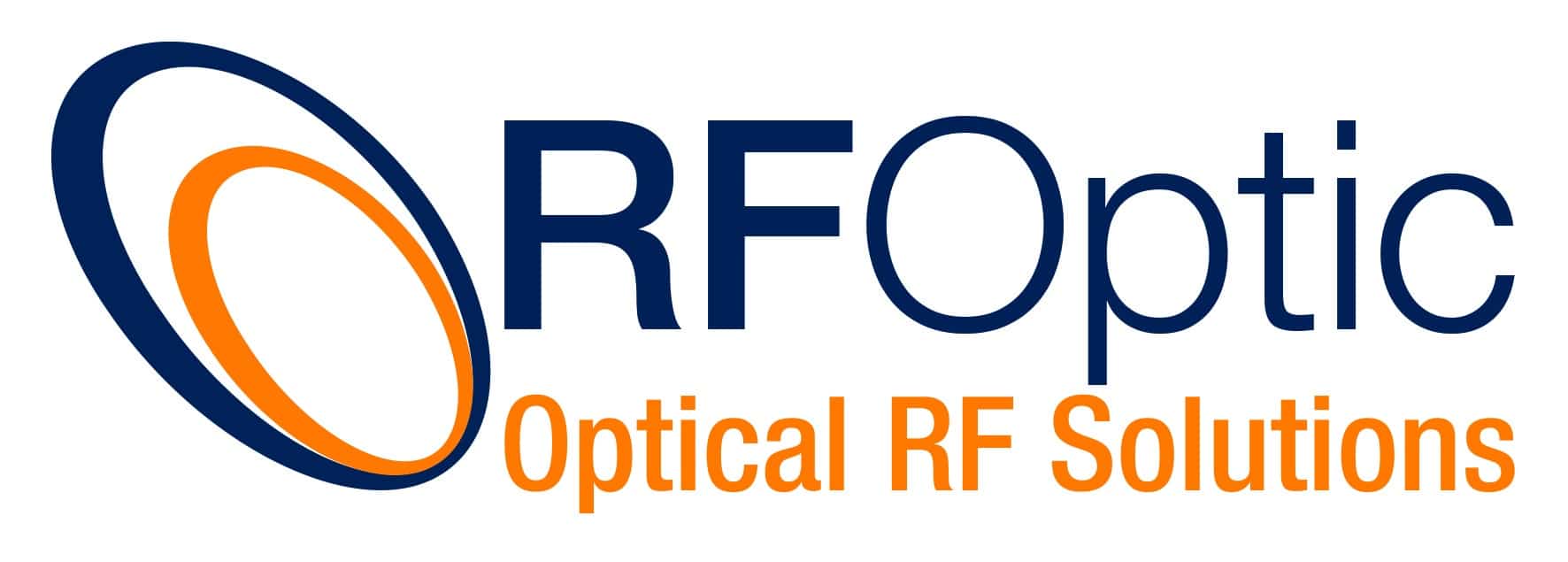
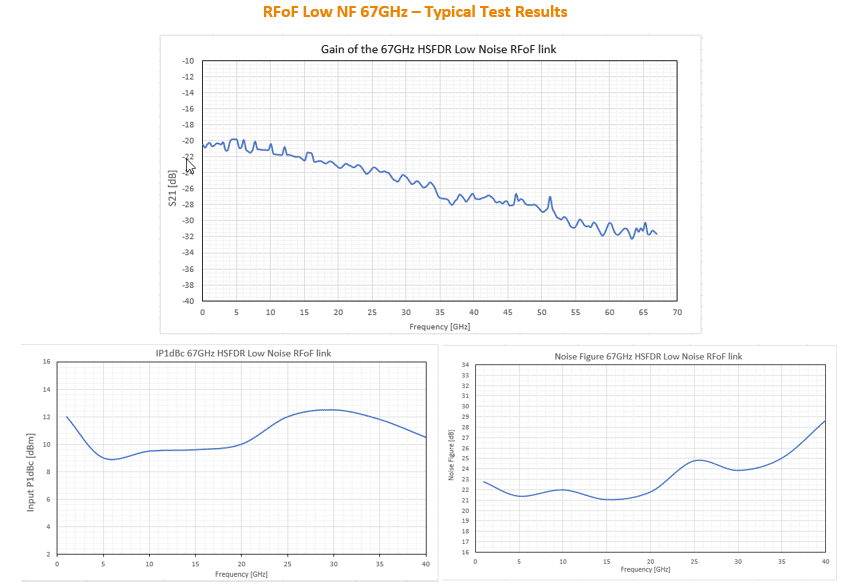
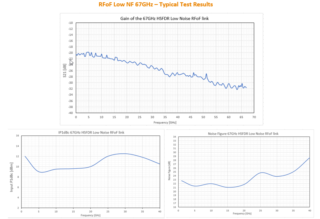 Satcom: Connecting Beyond Horizons
Satcom: Connecting Beyond Horizons
